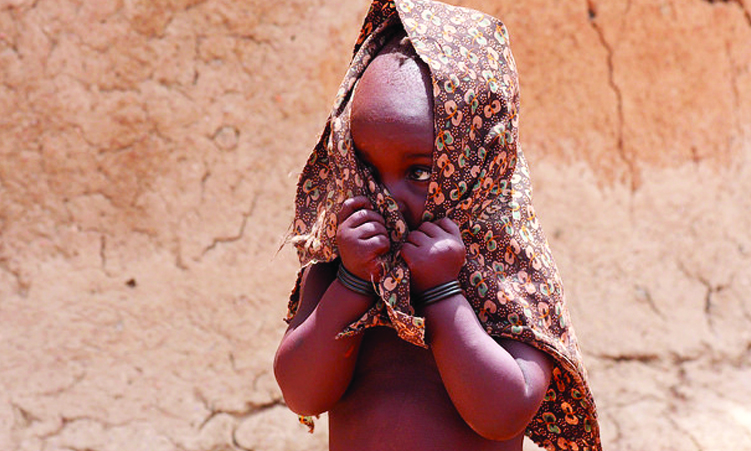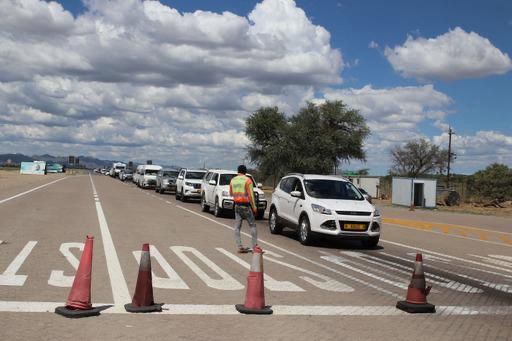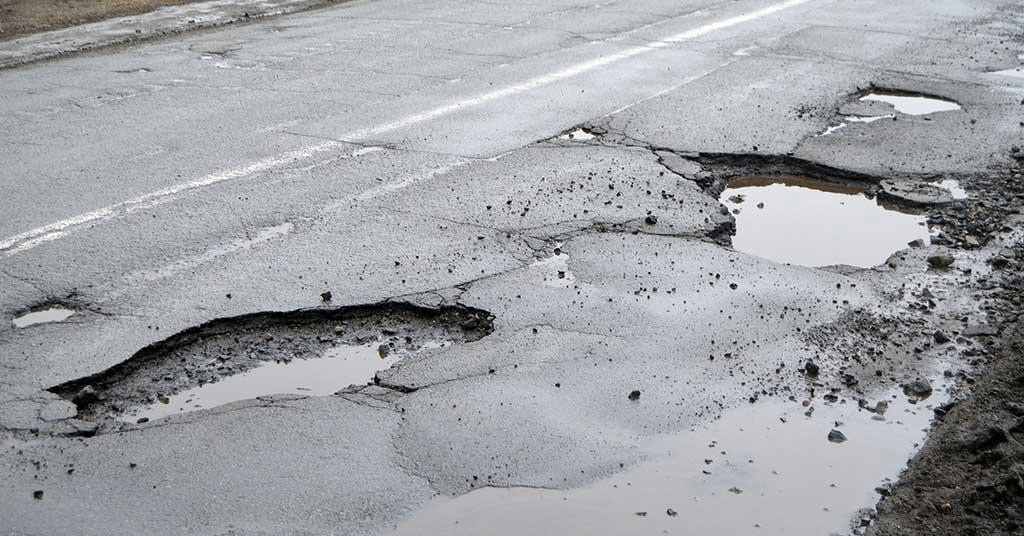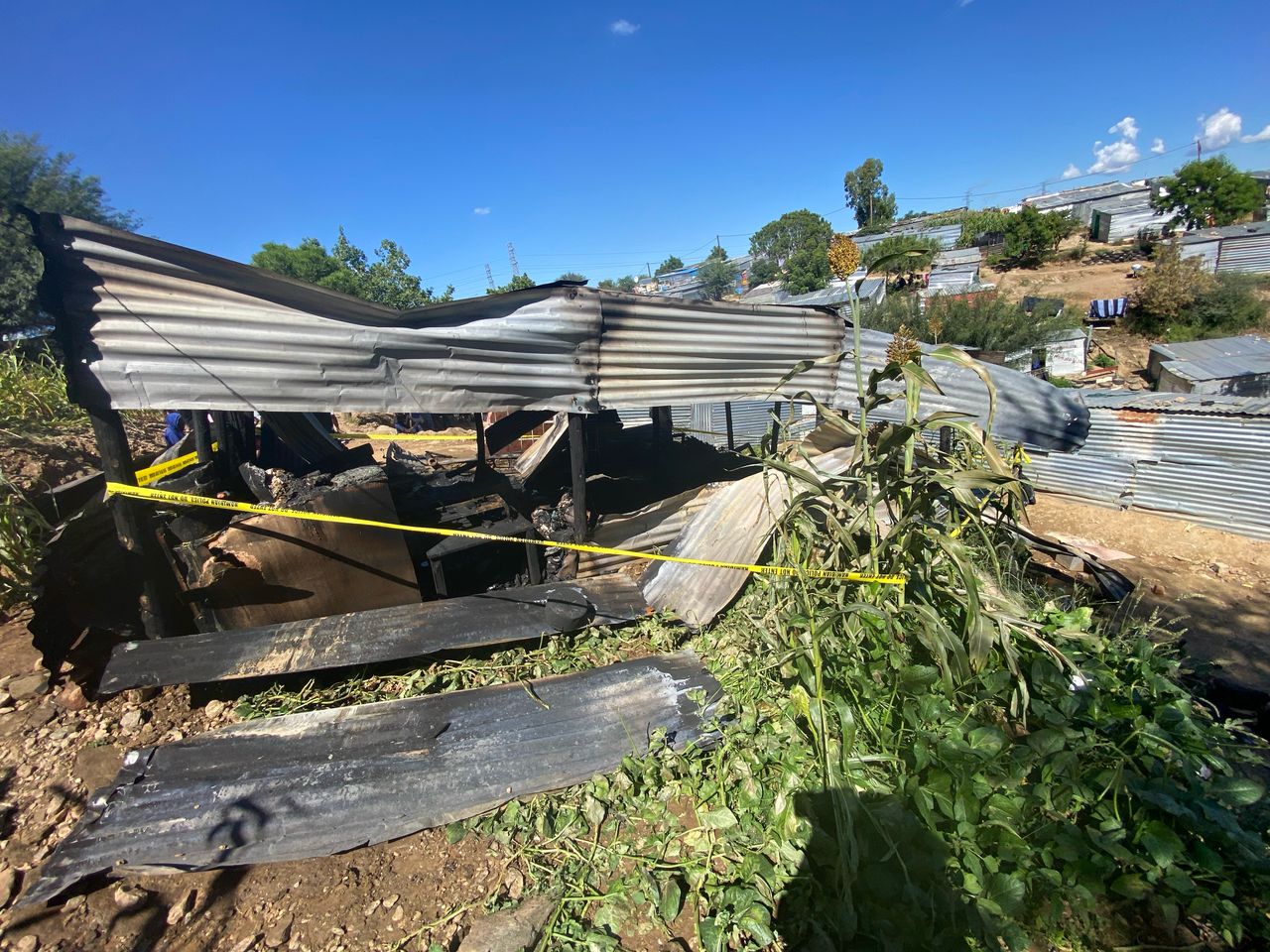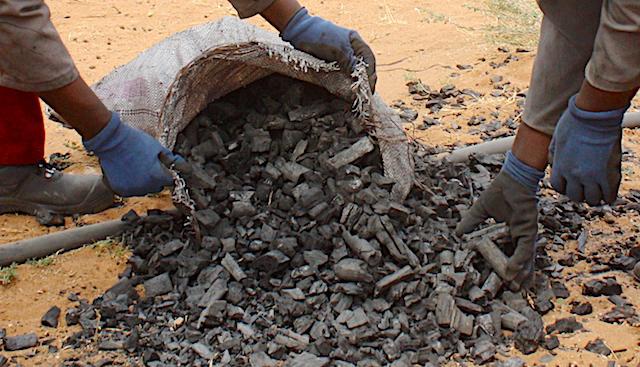Namibia has been hit hard by severe food insecurity, with an estimated 376 000 people experiencing a food crisis, according to a recent report by the World Food Programme (WFP).
This represents 14% of the country’s population, with 6 000 of those people at emergency level.
WFP’s acute food insecurity analysis, conducted between September and December 2022, found that the Kavango East, Kavango West, Kunene, Omaheke, and Oshikoto regions were at crisis level.
The analysis was carried out in conjunction with the Office of the Prime Minister.
“This period encompassed the first half of Namibia’s lean season, when prices started to rise and most households would have used up their production stocks,” the report reads.
Despite the statistics painting a gloomy picture, WFP said last year’s situation was better compared to that of 2021.
“This was a significant improvement in the country’s food security situation,” it reads.
The programme attributes these conditions to Namibia grappling with the triple burden of malnutrition, micronutrient inadequacies and overnutrition.
“Approximately 24% of children under five years of age suffer from stunted growth. Micronutrient inadequacies are also prevalent, and the incidence of overnutrition is increasing.
“Women and children are particularly vulnerable, with 21% of women and 48% of children suffering from anaemia,” the report says.
In three rural areas in eastern Namibia, 693 malnourished children between the ages of four and six years from the Drimiopsis, Skoonheid and Kanaan communities depend on soup kitchens.
The report says 32 493 severely food insecure people (94% of beneficiaries) were reached with cash-based transfers and commodity vouchers.
GRIM PROSPECTS
Meanwhile, household food security has taken a major hit across most parts of the country, according to a food security situation report released by the Ministry of Agriculture, Water and Land Reform for March this year.
The report highlights a decrease in agricultural production during the 2021/22 season, attributed to dry spells and the early cessation of rainfall, resulting in a depletion of food stocks in many households.
Communal crop-producing regions have been hit the hardest, with many households relying on the market and drought-relief food.
This has left many vulnerable to food insecurity as the available stocks are expected to be depleted before the next harvest.
Despite a promising start to the season, some regions, such as Kunene, Ohangwena, Omusati, Oshana and Oshikoto, experienced delayed rainfall and prolonged dry spells, leading to reduced agricultural production.
The executive director of agriculture, water and land reform, Ndiyakupi Nghituwamata, says the situation is expected to worsen as the forecast for the remainder of the season is not promising.
“Given the current situation where the production is forecasted to reduce in most regions, many households are likely to face food insecurity, because crops have wilted with no hope of recovery,” he says.
Nghituwamata says under normal circumstances, the food security situation improves as from March, when most seasonal produce, such as squashes, melons, legumes, etc. become available and ready for consumption.
“However, the availability of such produce is limited this season due to erratic and sporadic rainfall,” he says.
Meanwhile, preliminary crop estimates indicate a slight increase in the forecasted harvest above last season’s harvest, as well as the 22-year average production.
The aggregated national cereal production (including maize, millet, sorghum and wheat) is estimated at 175 900 tonnes, which is a slight increase of 5% above last season’s harvest of 168 200 tonnes, and 39% higher than the average production of 126 700 tonnes.
Although all the major crop-growing regions, apart from Zambezi, expected below last year’s harvest, much of this improvement, which led to the 5% increase, comes from the commercial areas.
Nghituwamata has called on the government to consider building earth dams in the affected regions and providing residents with food-relief measures.
‘CATASTROPHIC DROUGHT LOOMING’
The Namibian on Monday reported that some regional governors say a catastrophic drought is looming due to insufficient rainfall this season.
Omaheke governor Pio Nganate says the prices of commodities have also gone up, including those of fodder and fuel.
Therefore, he pleaded with the government to help farmers with fodder and drought-relief food as many in the region have started selling their livestock at cheaper prices due to drought.
“The area that is severely affected by the drought is Aminuis,” Nganate says.
Kavango East governor Bonifatius Wakudumo says farmers in the region who planted at the beginning of the rainy season would record a better harvest, although crops are not looking good.
“I can say 80% of the farmers will not have a good harvest. Grazing in the region is much better, and the available grass will last long,” he says.
Hardap regional governor Salomon April says his region has not recovered from the 2019 drought yet.
He singled out water scarcity as another problem – especially for those living far from aquifers and the Hardap Dam.
April says grazing is a challenge and many residents are moving their livestock to areas with better grazing.
Last Wednesday, Popular Democratic Movement leader McHenry Venaani asked prime minister Saara Kuugongelwa-Amadhila whether the government has put measures in place to mitigate the looming drought crisis.
“There must be proactive action from the Office of the Prime Minister,” he said.
Kuugongelwa-Amadhila said the government has agreed to go ahead with ongoing programmes in regions such as the Kunene, parts of the Erongo, and Omusati regions.
Stay informed with The Namibian – your source for credible journalism. Get in-depth reporting and opinions for
only N$85 a month. Invest in journalism, invest in democracy –
Subscribe Now!




